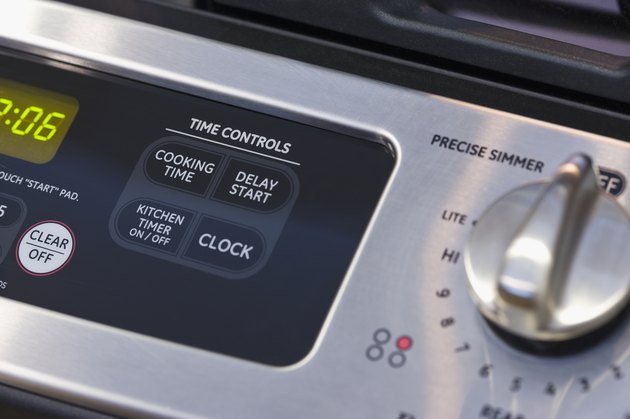

This could be a joint of port, a good, ham or turkey for example.

COOKING TIME CONVERTER FREE
If you found the Cooking Time Calculator useful, please vote and / or share below as it helps us to shape future developments and keep iCalculators Health and Wellbeing Calculators free for all to use, without your support, we may need to close down this service or charge for it in the future, please help us to keep this free for all to use. Standing time start (end of cooking time)Ĭooking Scheduling - Planning an End Time End TimeĮnter end time in hh:mm format (24 hour clock) Scheduled to end at 15:00įood Weight (i.e Beef, Chicken, Vegetables etc.) Food WeightĮnter total weight of item(s) to be cookedĬooking Scheduling - Planning a Start Time Start TimeĮnter start time in hh:mm format (24 hour clock) Weight=5 kilos, preparation time 15 minutes, then 20 minutes at Gas Mark 3, then 20 minutes at Gas Mark 3, then stand for 15 minutes.
COOKING TIME CONVERTER PLUS
Weight= 1.75 kilos, instructions = 15 minutes per kilo at Gas Mark 4, plus 20 minutes at Gas Mark 4 Weight = 2.5 kilos, instructions = 20 minutes per kilo at Gas Mark 5 This will help you understand how the calculator helps with preparation time, temperature conversions and weight conversions so that you can relax and enjoying cooking the meal.

If you are reading this for the first time and you are not sure on where to start, click on one of our cooking time examples. The cooking time calculator has a lot of features you may not need to use them all every time you cook or plan a meal.
COOKING TIME CONVERTER HOW TO
On this page you will find the cooking time calculator, information on how to use the tool to plan and prepare your meal and links to supporting cookery calculators for cooking and roasting chicken, beef, ribs, port, lamb and a great calculator for working out the portion size and calories in home made a, shop bought and takeaway pizza. The cooking time calculator helps you work out what time to start cooking in order to have the food ready for a certain time. So to figure out the cooking time at "low pressure" for a "high pressure" increase the recommended time by 50% or just multiply the high pressure cooking time by 1.5.The Cooking Time Calculator can be used as a simple cooking duration tool or to produced a detailed cooking timelinee to plan the complete cooking process from food preparation to serving you favourite meal to dinner guests. The low pressure cooking time equivalent is 135 minutes (270/2). For example, Modernist Cuisine's' 12psi for 90 minutes would be equivalent of 270 minutes (90x3) of conventional no-pressure cooking time. So, just multiply the given pressure cooking time x3 and then divide it in half. Low Pressure (your psi) cooks food twice as fast as conventional cooking.High Pressure cooks foods three times as fast as conventional cooking.Here is a pressure cooking time table by PSI (use the cooking times in the "Electric Pressure Cooker 10-12 PSI" column even if your pressure cooker is stovetop) in the chart here - as you can see the difference is a matter of minutes for most foods.Īs for the conversion between "high" and "low" pressure cooking times it's pretty easy. So if you get that mode working again, you would only need to make small adjustments. There's actually very little difference in cooking times between 15 and 12 psi. (Sometimes boiling for too long alters flavors or textures in undesirable ways, so the fast cook in a high-pressure pot may be okay, but a slower longer cook may end up with just a boiled "overcooked" result.) I'd guess that increasing cooking times by about 50% is a good place to start, but you may find that's too little or too much, or even that the result in some recipes just isn't right. Some things will still cook out at roughly the same rate, while others will take a lot longer at the lower temperature. Pressure cooking at lower temperatures will significantly change extraction rates for various flavor components in you stock, for example. Keep in mind that although this chart looks precise, it's really not. Therefore, I'd try increasing the times by 50% or a little more than the recipe states. It doesn't go down to 7 psi, declaring 8 psi to be the lowest acceptable pressure, but the time increase for 8 psi is listed as 47%. (This is from a website dedicated to pressure cooking information, so it's pretty standard.) Here's a table that claims to give time equivalencies for cooking at different pressures.


 0 kommentar(er)
0 kommentar(er)
